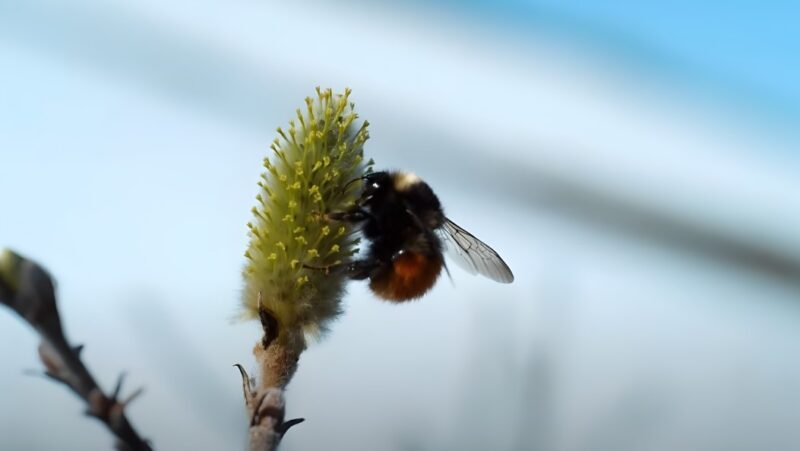The Tundra Biome is primarily found in the high latitudes of the Northern Hemisphere, encompassing parts of North America, Europe, and Asia. It is characterized by extremely low temperatures, a short growing season, low precipitation, and a landscape dominated by permafrost – a permanently frozen layer of ground. These conditions create a unique ecosystem where only the most adaptable species can survive. Contrary to this common belief, a diverse array of insects have adapted to thrive in these challenging conditions.
Adaptations to Extreme Cold
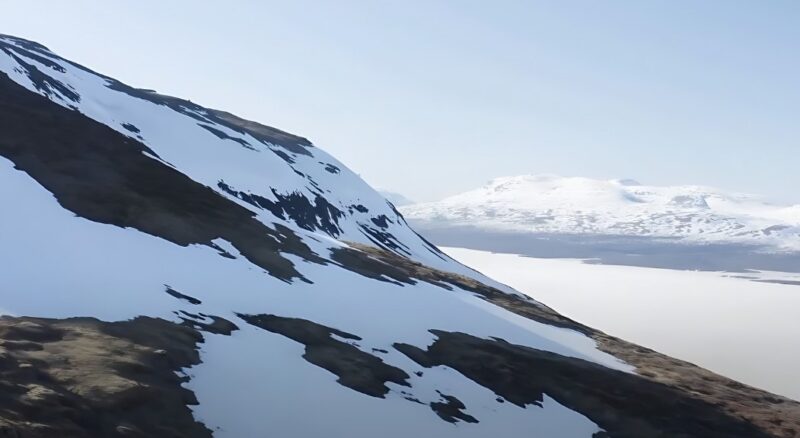
Insects in the tundra have evolved remarkable adaptations to cope with the extreme cold. Many of them have developed antifreeze proteins in their blood, which lower the freezing point of their bodily fluids, thereby preventing ice crystal formation that can be lethal.
Another common adaptation is the ability to enter a state of diapause, a form of dormancy that allows insects to halt their development during unfavorable conditions, resuming once the environment becomes conducive.
Advanced Antifreeze Proteins
One of the most remarkable adaptations of tundra insects is the development of antifreeze proteins (AFPs) in their blood. These proteins bind to small ice crystals in their bodily fluids, preventing these crystals from growing larger.
In essence, AFPs act like natural antifreeze, lowering the freezing point of the insect’s bodily fluids and thus allowing them to withstand temperatures that would otherwise be fatal. This adaptation is crucial for insects like the Arctic woolly bear caterpillar, which spends the majority of its life in freezing conditions.
Diapause: A Survival Mechanism
Diapause is another critical adaptation for survival in the harsh tundra climate. This physiological process is akin to hibernation in mammals and involves a significant slowdown in metabolic activities. During diapause, insects enter a state of dormancy, reducing their energy needs to a minimum.
This state can last for extended periods, often through the winter months, and development resumes only when environmental conditions become favorable again. This adaptation is essential for synchronizing life cycles with the short growing seasons and ensuring survival during long periods of cold and food scarcity.
Supercooling and Freeze Tolerance
Some tundra insects use a strategy known as supercooling, where their body fluids remain in a liquid state even below their normal freezing point. This is achieved by avoiding the formation of ice nucleators within their body fluids.
In addition, freeze tolerance is an adaptation where insects can survive even after their bodily fluids have frozen. These insects produce cryoprotectants, substances that limit the damage caused by ice formation within their tissues.
Insulation and Behavioral Adaptations
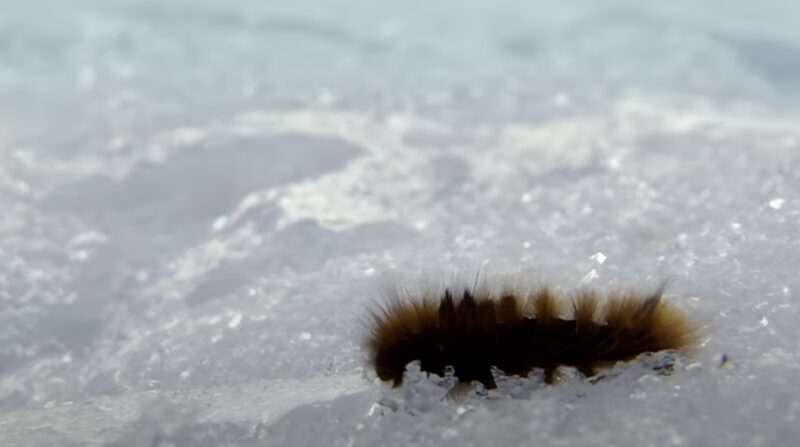
Besides physiological adaptations, tundra insects also exhibit morphological and behavioral adaptations. For instance, the Arctic bumblebee has a thick layer of hair that provides insulation against the cold.
Behavioral adaptations include seeking microhabitats that offer protection from extreme conditions, such as burrowing into the soil or hiding under rocks or snow, which can be significantly warmer than the air temperature.
Biochemical Adjustments
On a biochemical level, tundra insects may adjust the composition of their cell membranes to maintain fluidity in cold conditions. They can alter the proportion of unsaturated fatty acids in their membranes, preventing them from becoming too rigid in the cold. This flexibility is crucial for maintaining cellular function and overall metabolism during extreme temperature fluctuations.
Seasonal Changes
Many tundra insects have also adapted to undergo seasonal changes in their physiology and behavior in anticipation of winter. This includes accumulating energy reserves in the form of fats, changing body color to absorb more solar radiation, and adjusting their reproductive cycles to align with the warmer months.
Examples of Tundra Insects
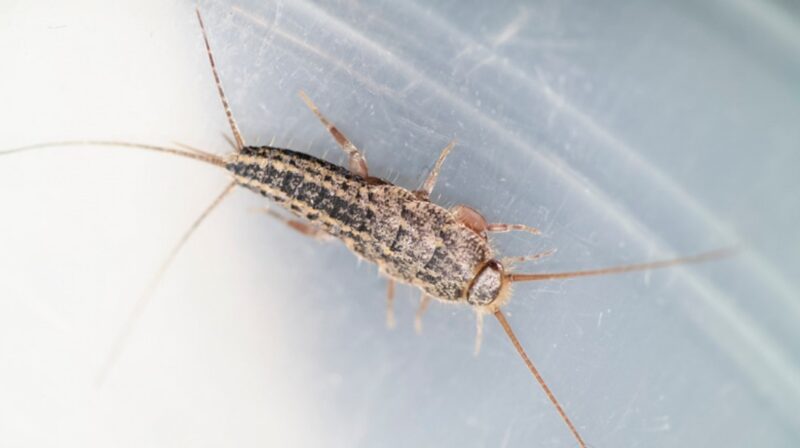
While the tundra may not boast the insect diversity found in more temperate or tropical regions, several species have made this challenging environment their home. One notable example is the Arctic bumblebee (Bombus polaris).
These bees have a thick layer of hair that not only insulates them but also helps in the collection of pollen. Another example is the Arctic mosquito (Aedes nigripes), which, despite the short summer season, completes its life cycle rapidly, going from egg to adult in just a few weeks.
| Common Name | Scientific Name | Characteristics |
|---|---|---|
| Arctic Bumblebee | Bombus polaris | Thick hair for insulation and pollen collection |
| Arctic Mosquito | Aedes nigripes | Rapid life cycle completion |
| Tundra Beetle | Various species | Important decomposers, nutrient cyclers |
| Tundra Caterpillar | Gynaephora groenlandica | Feeds on tundra vegetation, important bird and mammal food source |
| Arctic Woolly Bear Moth | Gynaephora rossii | Survives years in larval form, freezes solid in winter |
| Black Flies | Family Simuliidae | Common biting nuisance, pollinators |
The Role of Insects in the Tundra Ecosystem
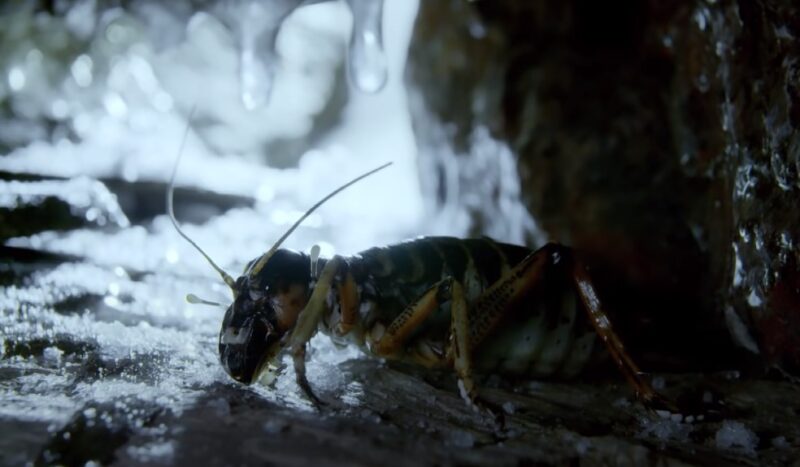
The ecological roles of insects in the tundra are as diverse as the species themselves. Many, like the Arctic bumblebee, are crucial pollinators for the limited species of flowering plants found in this biome. Others, such as certain species of tundra caterpillars, serve as important food sources for birds and small mammals. Decomposers, like the tundra beetle, play a vital role in nutrient cycling, breaking down organic matter and returning nutrients to the soil.
- Pollination: Insects like the Arctic bumblebee (Bombus polaris) are key pollinators in the tundra. With fewer insect species compared to other biomes, each pollinator plays a critical role. They facilitate the reproduction of flowering plants, many of which are specialized to the tundra environment and rely on these insects for their survival and propagation.
- Food Web Contributors: Many tundra insects, such as various caterpillar species and mosquitoes, form a significant part of the diet for birds, small mammals, and even fish. Their presence in large numbers during the short tundra summer provides a crucial food source for these animals, especially migratory birds that time their arrival to coincide with peak insect populations.
- Nutrient Recycling: Decomposers like tundra beetles play a vital role in breaking down dead organic material, including plants and carcasses. By doing so, they help in recycling nutrients back into the soil, which is essential for plant growth in an environment where nutrients are otherwise scarce due to the permafrost layer.
- Soil Aeration and Composition: Certain insects contribute to soil health by aerating it as they burrow. This activity helps in mixing the soil layers and improves the soil structure, which is beneficial for plant root development and overall soil health.
- Pest Control: Some predatory insects in the tundra act as natural pest controllers by feeding on other insect species that could otherwise become overly abundant. This natural form of pest control is crucial for maintaining the ecological balance and protecting plant life.
- Indicator Species: Many tundra insects are sensitive to environmental changes, making them valuable indicator species. Changes in their populations can signal shifts in the tundra ecosystem, such as the effects of climate change or other ecological disturbances. Monitoring these changes can provide essential data for ecological research and conservation efforts.
- Cultural and Scientific Interest: For indigenous communities and scientists, certain tundra insects hold cultural significance and offer opportunities for scientific study. They are often subjects of ecological and biological research, contributing to our understanding of adaptation, survival strategies, and climate change impacts.
Impact of Climate Change & The Response
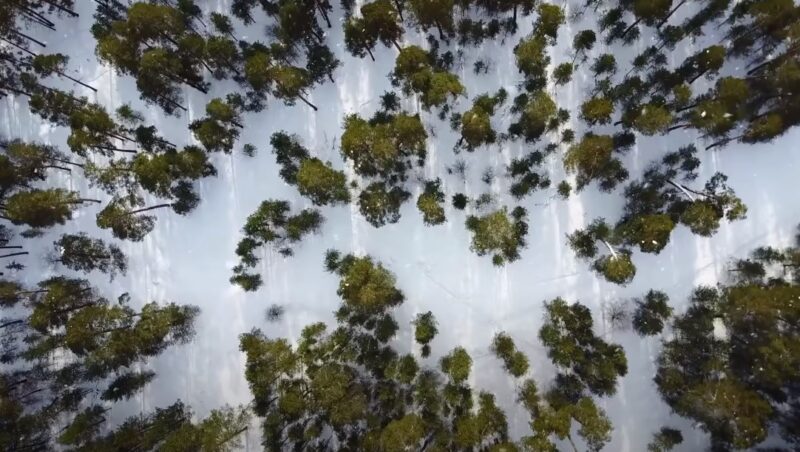
The tundra is experiencing significant warming. This warming trend leads to changes in habitat conditions, such as thawing permafrost and altered vegetation patterns, which in turn affect insect populations.
Some species may find new areas becoming habitable, leading to an expansion of their range. However, this is not a universally positive development, as it often leads to increased competition for resources, changes in predator-prey dynamics, and potential exposure to new diseases.
Species-Specific Responses and Ecosystem Impact
Different species respond differently to these changing conditions. Some may thrive, while others, less adaptable to change, face the threat of decline or even extinction. These shifts can disrupt the intricate food web of the tundra, wherein many animals rely on specific insects for food.
The loss or reduction of key insect species can have cascading effects, impacting not just other wildlife but also the overall health of the ecosystem.
Research Efforts

In response to these challenges, researchers are intensively studying the life cycles, adaptations, and ecological roles of tundra insects. This research is crucial for understanding how different species are likely to respond to a changing climate and for identifying those most at risk.
Scientists use a variety of methods, including field studies, laboratory experiments, and climate modeling, to predict future changes and to formulate strategies to mitigate negative impacts.
Conservation Strategies
Conservation efforts are focused on preserving the unique biodiversity of the tundra. This includes protecting critical habitats, managing wildlife populations, and mitigating the impacts of human activities such as mining, drilling, and excessive tourism.
Conservationists also work on restoring degraded areas of the tundra and advocating for policies that reduce the global carbon footprint, thereby addressing the root cause of climate change.
| Strategy | Description |
|---|---|
| Protecting Critical Habitats | Setting aside areas as protected zones to preserve the natural state of the tundra ecosystem. |
| Managing Wildlife Populations | Monitoring and managing animal populations to ensure their health and sustainability. |
| Mitigating Human Activities | Regulating activities such as mining, drilling, and tourism to minimize their environmental impact. |
| Restoring Degraded Areas | Rehabilitating areas of the tundra that have been damaged by human activities or natural events. |
| Advocating for Climate Policies | Supporting policies that aim to reduce carbon emissions and combat the broader issue of climate change. |
Community Involvement and Education
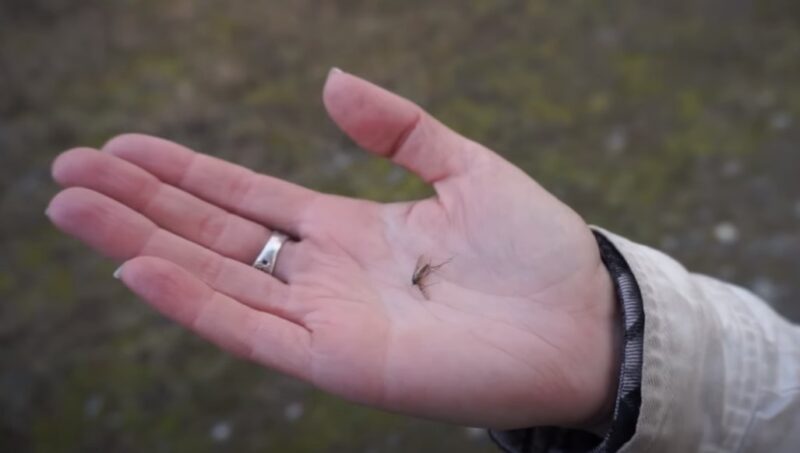
Involving local communities, particularly indigenous peoples who have a deep connection to the tundra, is a key aspect of conservation efforts. These communities often have traditional knowledge that can be invaluable for conservation strategies.
Education and awareness programs aimed at both local and global audiences are essential to garner support for tundra conservation and to highlight the importance of these ecosystems in the global environmental context.
Global Implications
The health of the tundra ecosystem has implications far beyond its geographical boundaries. As a significant carbon sink, changes in the tundra can have global impacts on climate. Thus, protecting this biome is not just a regional concern but a global one, highlighting the interconnectedness of ecological systems and the need for international cooperation in addressing climate change.
FAQs
Final Words
In conclusion, the tundra is home to a fascinating and resilient group of insects that have adapted to survive in one of the planet’s most extreme environments. Their existence is not only a testament to the incredible adaptability of life but also an essential component of the tundra ecosystem. As the planet faces environmental changes, understanding and protecting these tiny yet significant inhabitants of the tundra becomes more important than ever.


